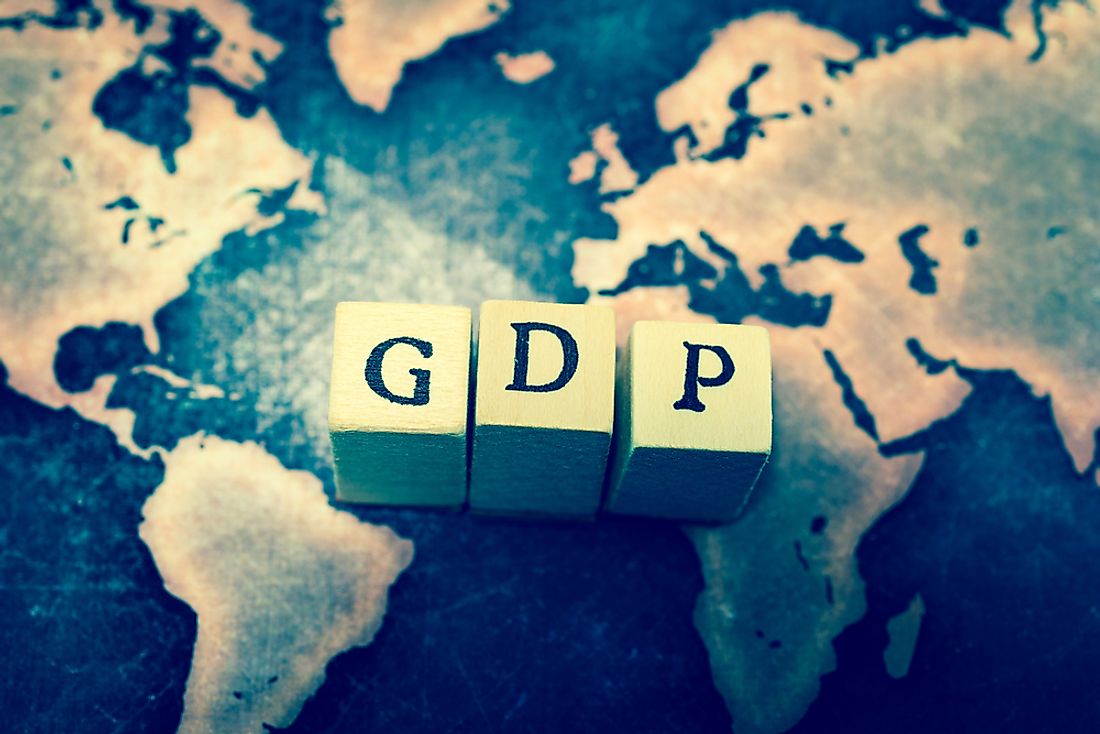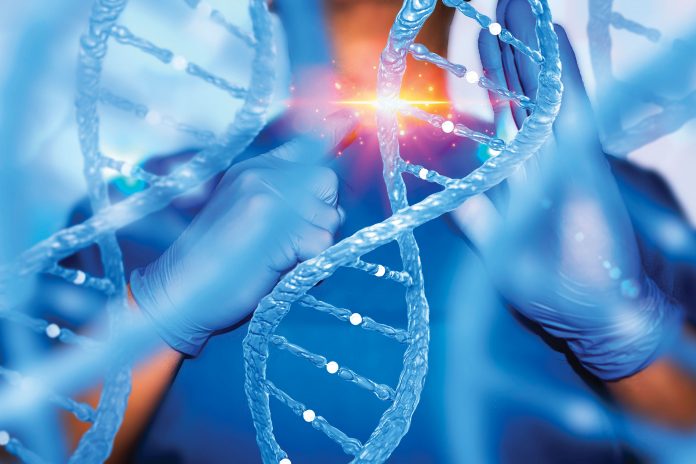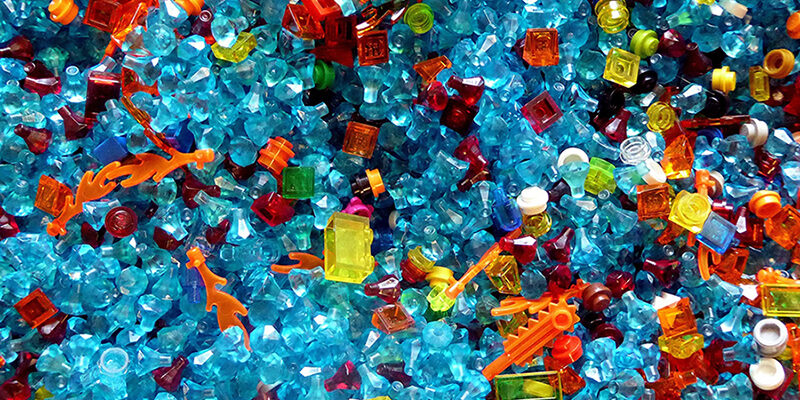The service sector includes any activity that produces an intangible benefit, that cannot be stored, of short duration and of which property cannot be acquired. It can also be said that the services sector corresponds to all activities that are not part of agriculture and industry .
In other words, in the services sector, intangible goods are traded, where experiences are bought and sold.
However, the services sector is one of the most important items in the composition of GDP, especially when we refer to the economies of developed countries, but also in developing economies. In recent years this sector has been growing due to the specialization process . For that reason, it can be said that it is a very important activity in all areas of human tasks.
Above all, the service sector has grown due to automation processes, the globalization and integration of the economy, the increase in population and income.
It should be noted that this sector is also called tertiary (the primary and secondary sectors are dedicated to the production of material goods).
Characteristics of the services
The activities that correspond to the services sector have the following characteristics:
1. They are intangible
First, intangibility implies that services cannot be perceived by the senses. For that reason, they cannot be seen, touched, smelled, or tasted. Thus, there is no transfer of goods, but the buyer does receive a benefit.
Undoubtedly, this characteristic is basic or a priority to conceive something as a service. For example, when a person buys telecommunications services, the benefit he receives is to obtain a signal to be able to communicate.
2. They are heterogeneous
Second, heterogeneity refers to the fact that services cannot be offered in a standardized way. When receiving a service, the benefit received is unique and different. This occurs because the services can even be offered by the same company , but provided by a different person.
To be able to exemplify, we can mention the case of a person who frequently attends a beauty salon to get a haircut. The final result of each cut will depend on the person who attends to the requestor for the service.
3. They are inseparable
Third, the inseparability of services refers to the fact that it is impossible to separate the service from the person who provides it. It could be said that both the production and the consumption of the service occur simultaneously. The service is provided with the presence of the client .
Similarly, to illustrate this feature, let's think about dental services. A dentist cannot offer his services if the client is not present.
4. They are perishable
Fourth, services are perishable since they cannot be stored or stored, since production and consumption are simultaneous. In other words, a service is only useful if it is consumed at the time it is being produced.
For example, a doctor who performs an operation cannot operate either before or after; but only when necessary or required.
5. They are not acquired as property
Finally, when a service is purchased, what is acquired is the right to receive a benefit or benefit. But you can never acquire ownership of that benefit. The enjoyment of the benefit only lasts while the service is being provided. Therefore, the client only stays with the experience they had.
Indeed, it would be the case of a person who goes to the cinema, and at the end of the performance, only the satisfaction of the benefit received remains.
Some exceptions to these characteristics of the service sector
It is important to mention that some services do not meet all these characteristics mentioned above.
We could mention the case of computer services:
- They are no longer intangible if they carry the programs on a hard drive or memory. In this case, the customer also acquires ownership of the disk or memory.
- The program service could be standardized, giving the same programs that are offered to different clients.
- The program can work, even if the client is not present.
Importance of the services sector
The service sector is very important for any economy, the reasons that can be mentioned are the following:
- Generally, the services sector is where the most important commercial agreements are generated , both nationally and internationally.
- The services sector is a sector where very important job opportunities are developed for any country.
- Also in the service sector there are large investments at the international level.
- Generates competitiveness and development. In fact, the more developed an economy is, the more quality and quantity of activities in the service sector.
- For a final product to reach consumers, the company must rely on the tertiary sector. In the first place, the company must be managed by administrators, and also have advisers in accounting, legal and human resources matters. Likewise, you will need to have financing, from banks and other agents in the financial sector. Finally, the company must ensure that the product will be sold and delivered to customers, which implies transport, commercial and advertising services.
- To carry out its activity normally, the company will need to do so in a community where there is an established legal framework, internal security and an administration that manages public resources. All these activities are included in the tertiary sector.
Activities corresponding to the services sector
Among some of the activities that can be included in the service sector we find:
- Transport and communication services.
- Telecommunication and Internet services.
- Media.
- Financial activities (excluding consulting, which would be within the quaternary sector ).
- Tourism and hotelier.
- Commercial and distribution activity.
- Health and aesthetic services.
- Public administration services.
- Public services (security and defense, firefighters, among others).
- Educational services.
- Leisure, sports and entertainment services.
- Cultural services (example: theater).
- Computer and technological services.
- Legal and legal services.
Examples of tertiary sector
Among the examples that we can find within the tertiary sector, the following should be highlighted:
- Let's imagine all the activities related to tourism and hospitality. From the transport service to move to other places to the hospitality service that we receive when we go to a restaurant in the destination, all of them are integrated into the service sector.
- On the other hand, let's look at those services that the State offers to citizens and that are financed through taxes. Firefighters, police, health, education, judges, among others. These, even being offered by the State, are services that are integrated into this sector.
Luke is passionate about fostering student involvement and connection. He studied psychology for his major and likes learning about the past. Luke aims to specialize in artificial intelligence and cybersecurity. .
Leave a reply
Your email address will not be published. Required fields are marked *Recent post

Gross Domestic Product (GDP): What is it, definition and concept

Empirical Knowledge: What is it, definition and concept

Tertiary Sector or Services: What is it, definition and concept

Raw Material: What it is, definition and concept
